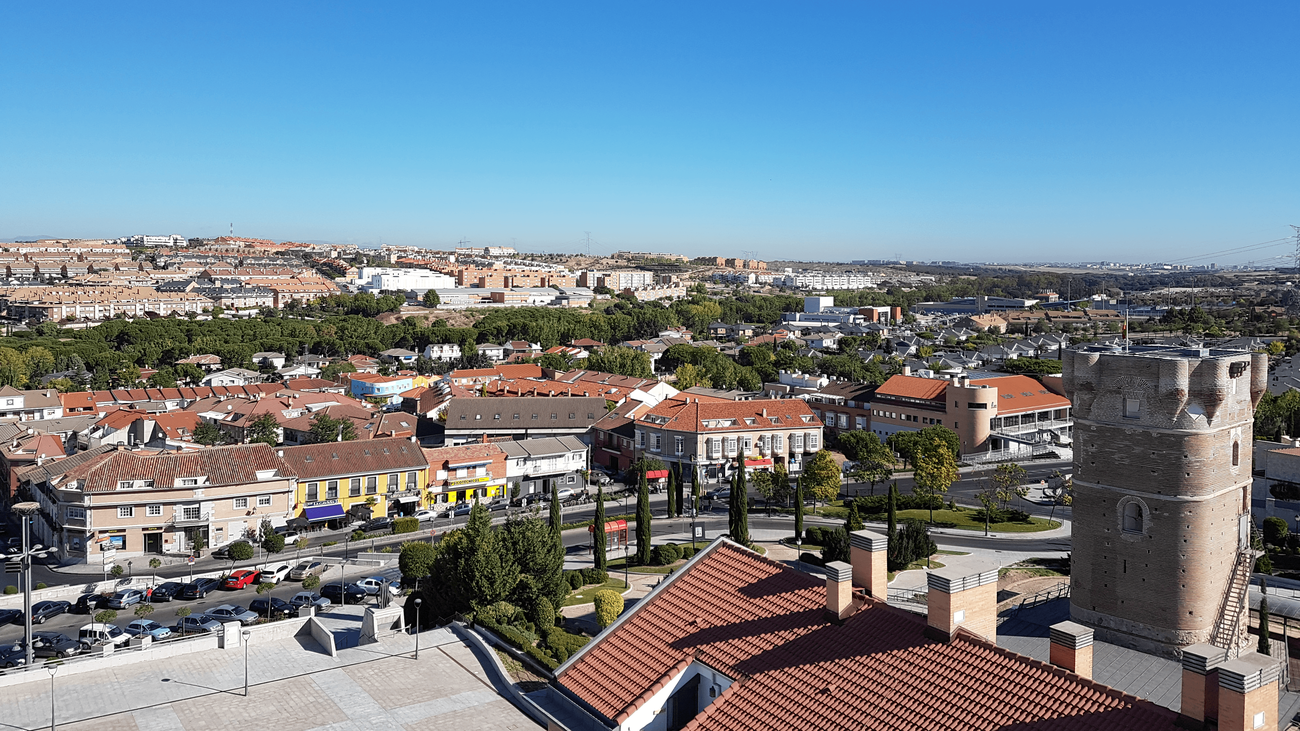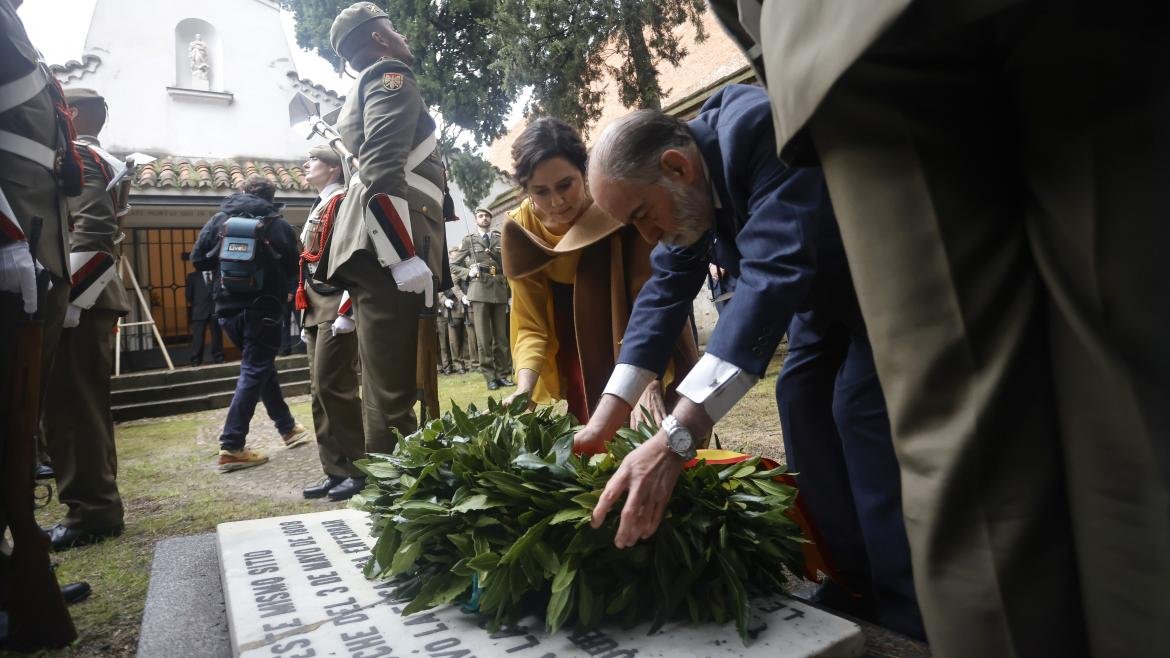
Arroyomolinos, Paracuellos de Jarama, and Villalbilla are the Madrid municipalities with the youngest population, under 40 years old, while La Acebeda stands out as the town with the oldest citizens, surpassing an average age of 60 years.
These findings are part of the demographic analysis of the region presented this week by the Councilor of Presidency, Justice, and Local Administration, Miguel Ángel García Martín. The analysis provides detailed insights into the population, its evolution, and geographical distribution, revealing that the region is projected to reach eight million inhabitants in the next 15 years, with more growth in the metropolitan area.
Births increased for the first time in 10 years, in 2024
Specifically, the three youngest municipalities with an average age below the regional average are Arroyomolinos, with an average age of 35 years; Paracuellos del Jarama, with 37 years; and Villalbilla, also with 37 years.
On the other hand, the three municipalities with the oldest population, exceeding the regional average, are La Acebeda, with an average age of almost 63 years; La Hiruela, with 54 years; and Navarredonda and San Mamés, with an average age of 53 years.
COSLADA AND FUENLABRADA DO NOT GROW
According to data from 2019 to 2024, the only four municipalities that did not experience population growth during this period are La Acebeda, Coslada, Fuenlabrada, and Torres de la Alameda. However, 97% of all municipalities in the region, including the smallest ones, have seen an increase in population.
The capital surpasses 3.4 million inhabitants
Regarding these specific cases, the Councilor explained that the population decreases in Coslada by about 900 inhabitants, and in Fuenlabrada by 2,900 inhabitants, despite having over 190,000 residents. These decreases are not considered significant. «There hasn’t been a major exodus from any municipality that has lost a significant portion of its population compared to 2019,» he explained.
Growing Municipalities
The five cities or towns that have experienced the highest relative growth rates are Robledillo de Jara, with nearly 40%; Orcajo de la Sierra, at 38%; Madarcos, which was the smallest municipality until recently and has grown by 31.43%; La Hiruela, with an increase of over 30%; and Puebla de la Sierra, also exceeding 30%.
Additionally, two municipalities have surpassed the threshold of 20,000 inhabitants: Humanes de Madrid, currently with a population of 20,074, and San Martín de la Vega, which currently has 20,733 inhabitants.
Life expectancy in 2030 will reach 83 years for men and 86 for women
Furthermore, three municipalities have exceeded the threshold of 2,500 inhabitants: Chapinería, Fresno de Torote, and Venturada.
Additionally, Coslada and Parla have the highest population density, while the lowest densities are found in La Acebeda, Olmedo de las Fuentes, and Rozas de Puerto Real.
«Over the past 20 years, the population of Madrid has grown by a million inhabitants, from 6 to over 7 million. The National Institute of Statistics estimates that the population of Madrid could grow by another million in the next 15 years, reaching 8 million inhabitants in our region. However, the distribution of the population is not expected to be uniform,» stated the Councilor.
A shift in the number of households is also anticipated. Currently at 2.6 million, it is expected to grow by 22% by 2037, reaching 3.2 million. There will be a particular increase in single-person households, representing 29% of the total compared to the current 26%.
«We must continue working on the development of public policies, infrastructure, and investments that will help continue to develop our city,» García Martín emphasized.
The population of the city of Madrid will decrease
In the next 15 years, the population of the city of Madrid is expected to decrease from 49% to 37%, leading to a 12-point drop in the capital’s relative weight in favor of the metropolitan area, which will see an 8% increase.
Moreover, the centenarian population will quadruple, and four out of ten individuals will be over 55 years old.
Specifically, in 15 years, one out of every eight residents of Madrid will be over 75 years old, one out of every ten will be over 55, and 23% of the population will be over 65 years old.





